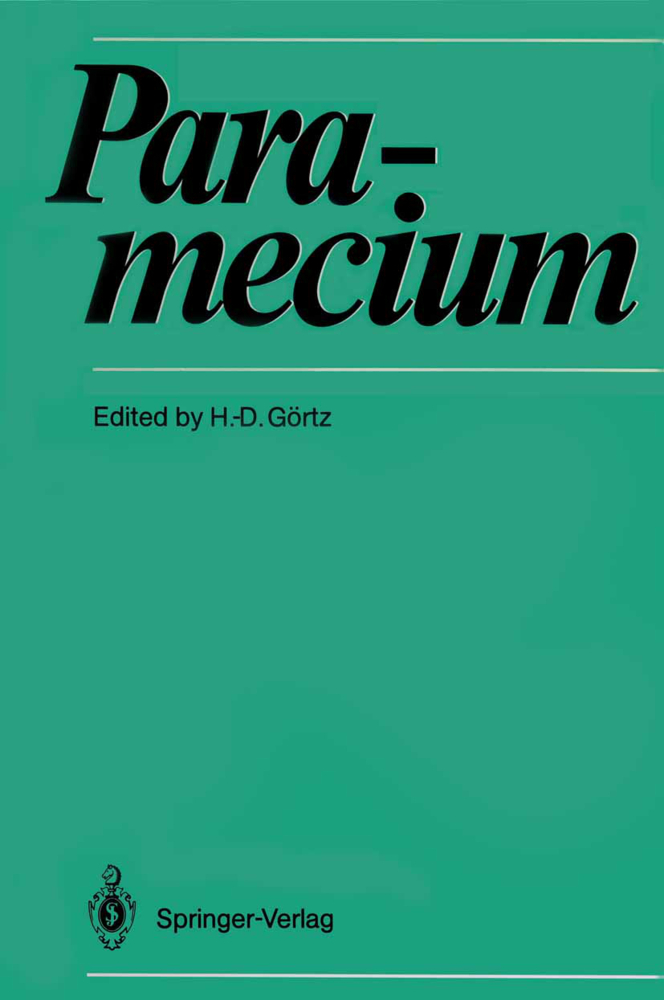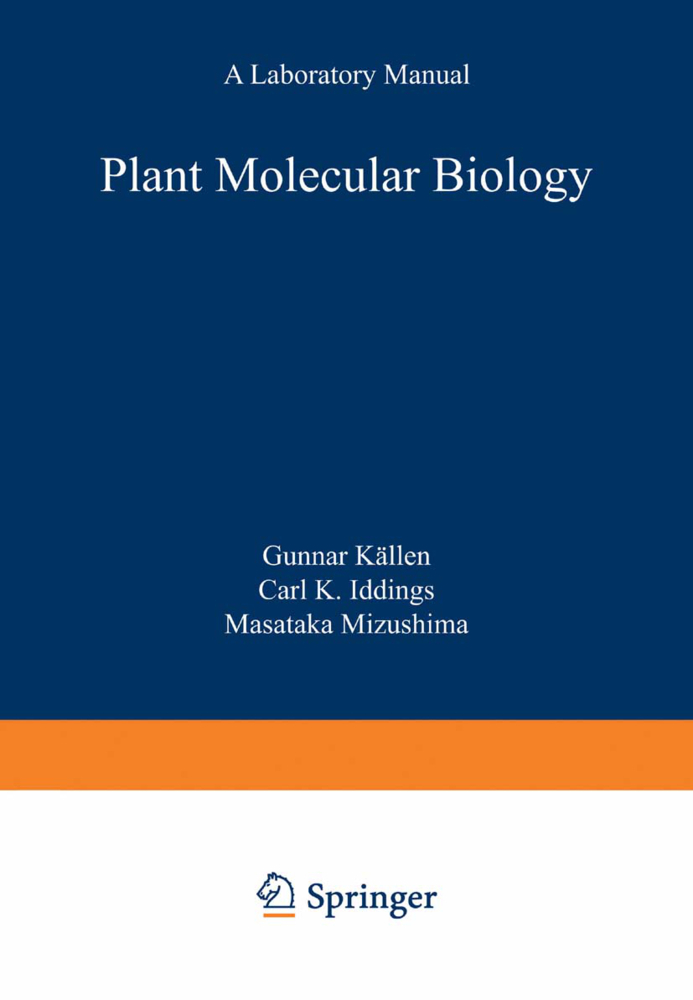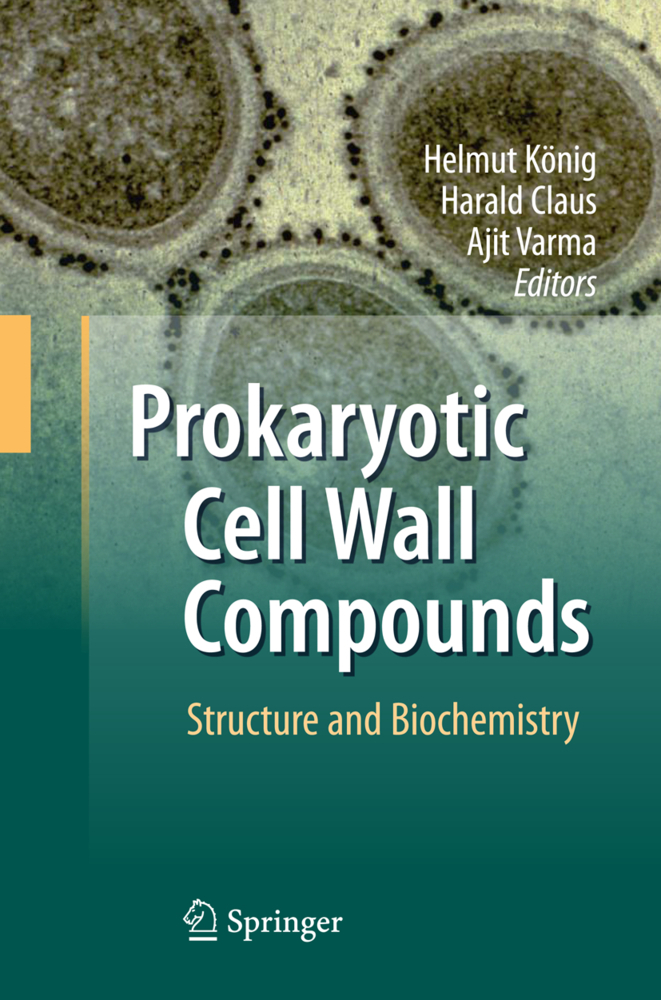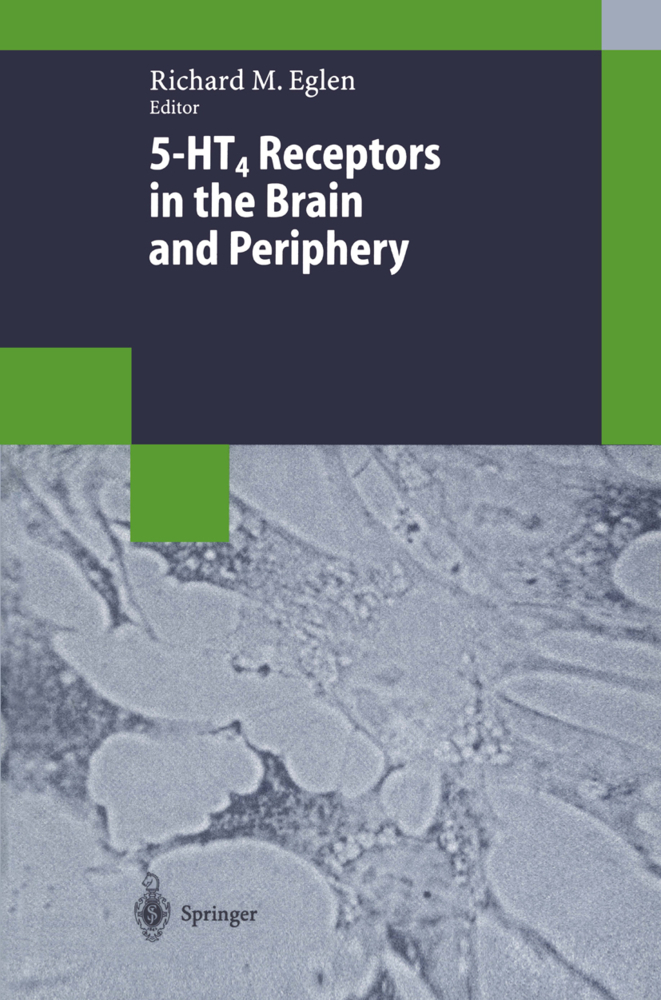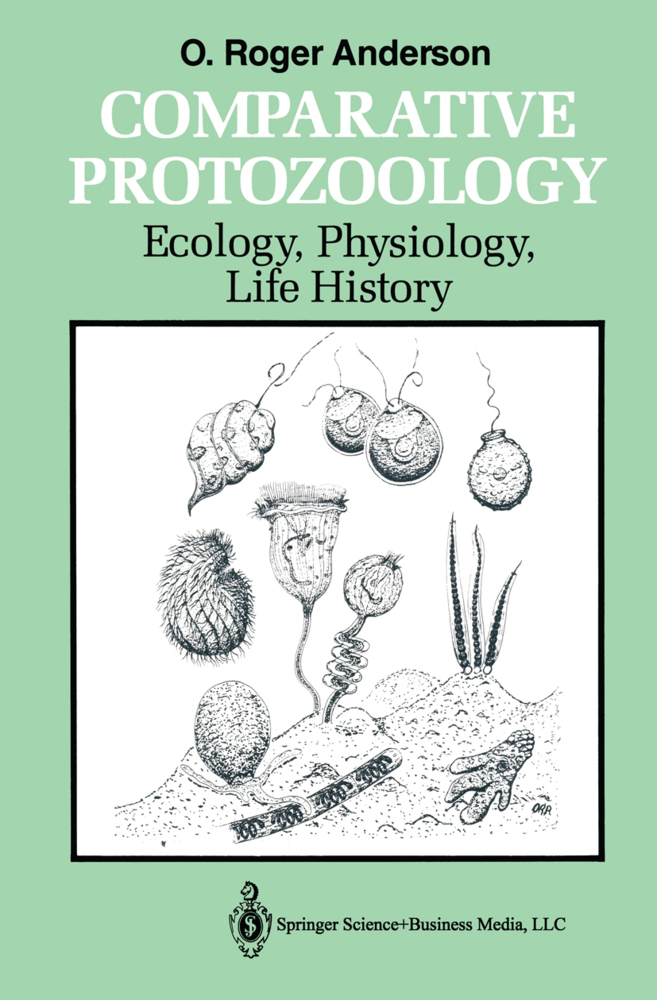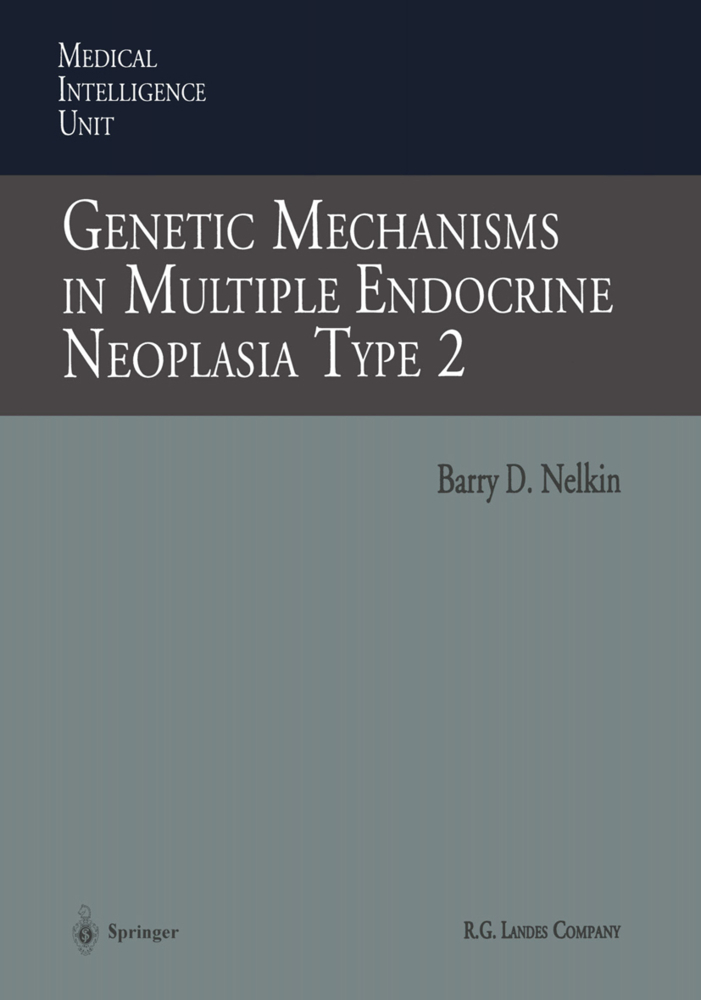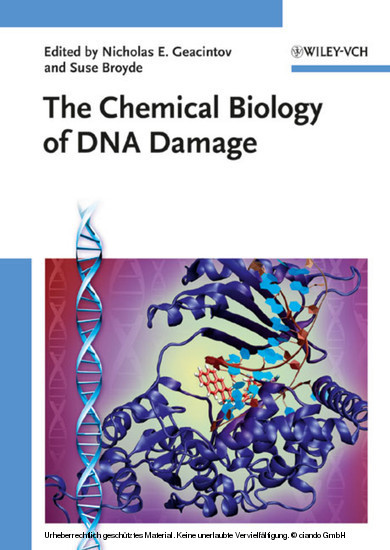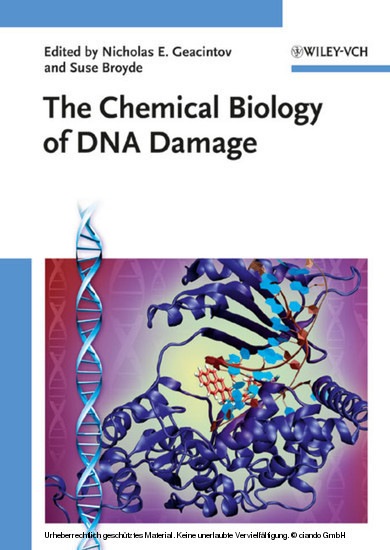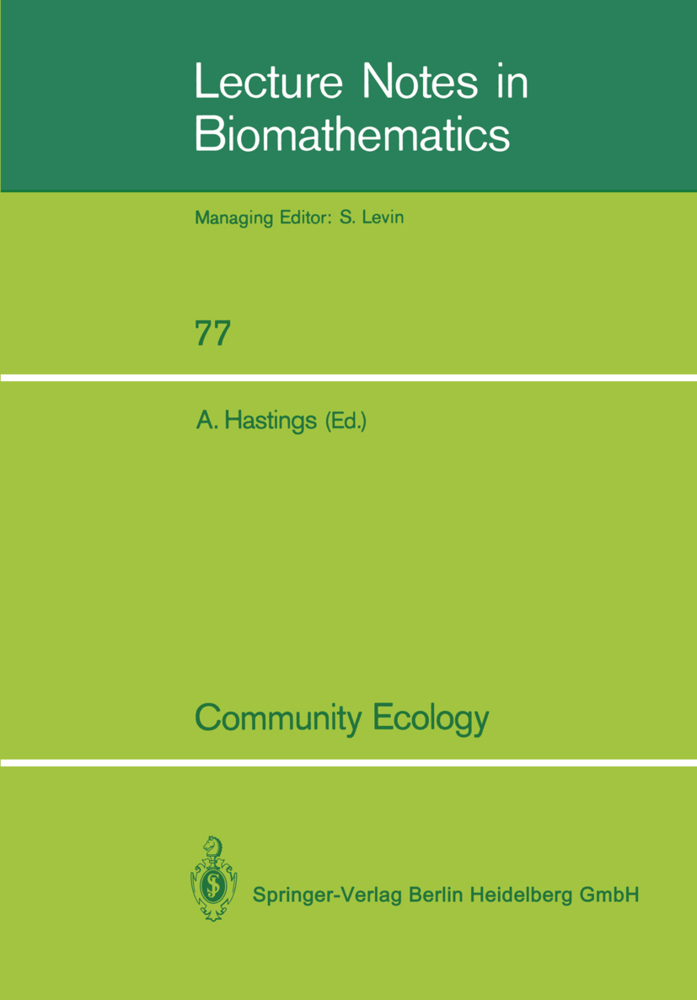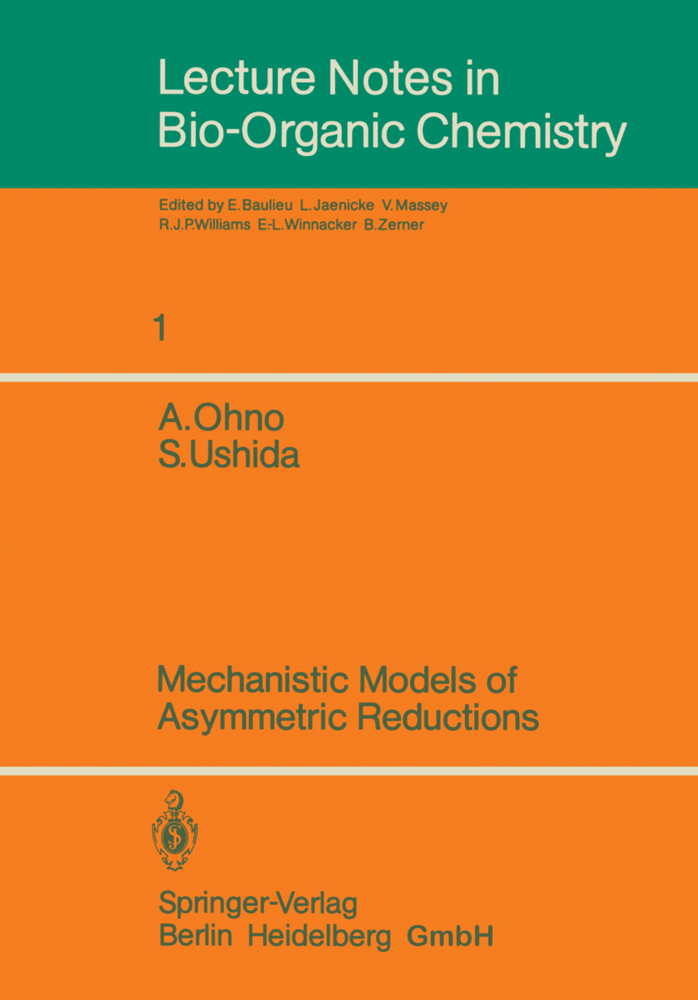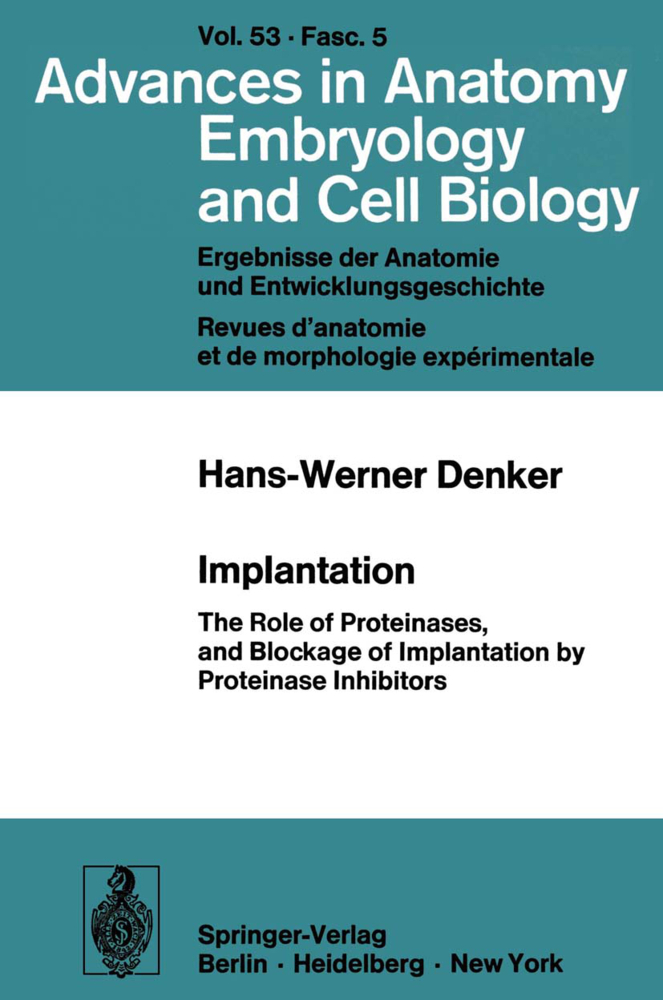Paramecium
Paramecium
Why a Book on Paramecium? Biologists usually concentrate their efforts on a single problem and a single organism. There is a difficulty with this practice, however, for as work on a problem proceeds it often becomes more ad vantageous to study the problem in another organism. Some biologists avoid the difficulty by moving from one organism to the other as the problem de mands. However, this tactic also has a disadvantage, for a thorough knowledge of the life cycle and thorough mastery of ways to handle a given organism in the laboratory are obviously of great importance to the researcher, and one can never know several organisms as well as one can know a single one. Another way of doing research is to pick the organism, learn all one can about it from all points of view, and then assess the significance of the findings. Tracy Sonneborn practiced research in very much this way. He would have found virtually every chapter in this volume about Paramecium a fascinating summary of one of his areas of research. Indeed, the beginnings of most of the topics in this book are founded on his studies. With every new fact he learned about Paramecium, he carefully assessed the significance of his findings, not on ly for research on protozoa, but for biology in general. His work, and in a way this book too, are indicative of the success of his strategy.
The Species Concept and Breeding Systems
Mating-Type Inheritance
Conjugation
Mating-Type Substances
The Cell Cycle and Regulation of Cell Mass and Macronuclear DNA Content
Nuclear Dimorphisms and Function
Aging
Organization and Expression of the Nuclear Genome
Immobilization Antigens
Mitochondria
Electrophysiology
Motor Control of Cilia
A Genetic Dissection of Ion-Channel Functions
Biochemistry of Cilia
Behavioral Genetics in P. caudatum
Chemokinesis
The Lysosome System
Exocytosis: Biogenesis, Transport and Secretion of Trichocysts
The Cytoskeleton
Endocytobiosis
Endosymbionts of Killer Paramecia
Ecology
Subject Index.
Contents: Introduction
CytologyThe Species Concept and Breeding Systems
Mating-Type Inheritance
Conjugation
Mating-Type Substances
The Cell Cycle and Regulation of Cell Mass and Macronuclear DNA Content
Nuclear Dimorphisms and Function
Aging
Organization and Expression of the Nuclear Genome
Immobilization Antigens
Mitochondria
Electrophysiology
Motor Control of Cilia
A Genetic Dissection of Ion-Channel Functions
Biochemistry of Cilia
Behavioral Genetics in P. caudatum
Chemokinesis
The Lysosome System
Exocytosis: Biogenesis, Transport and Secretion of Trichocysts
The Cytoskeleton
Endocytobiosis
Endosymbionts of Killer Paramecia
Ecology
Subject Index.
Görtz, Hans-Dieter
Preer, John R. Jr.
Adoutte, A.
| ISBN | 978-3-642-73088-7 |
|---|---|
| Artikelnummer | 9783642730887 |
| Medientyp | Buch |
| Auflage | Softcover reprint of the original 1st ed. 1988 |
| Copyrightjahr | 2011 |
| Verlag | Springer, Berlin |
| Umfang | XXII, 444 Seiten |
| Abbildungen | XXII, 444 p. |
| Sprache | Englisch |

